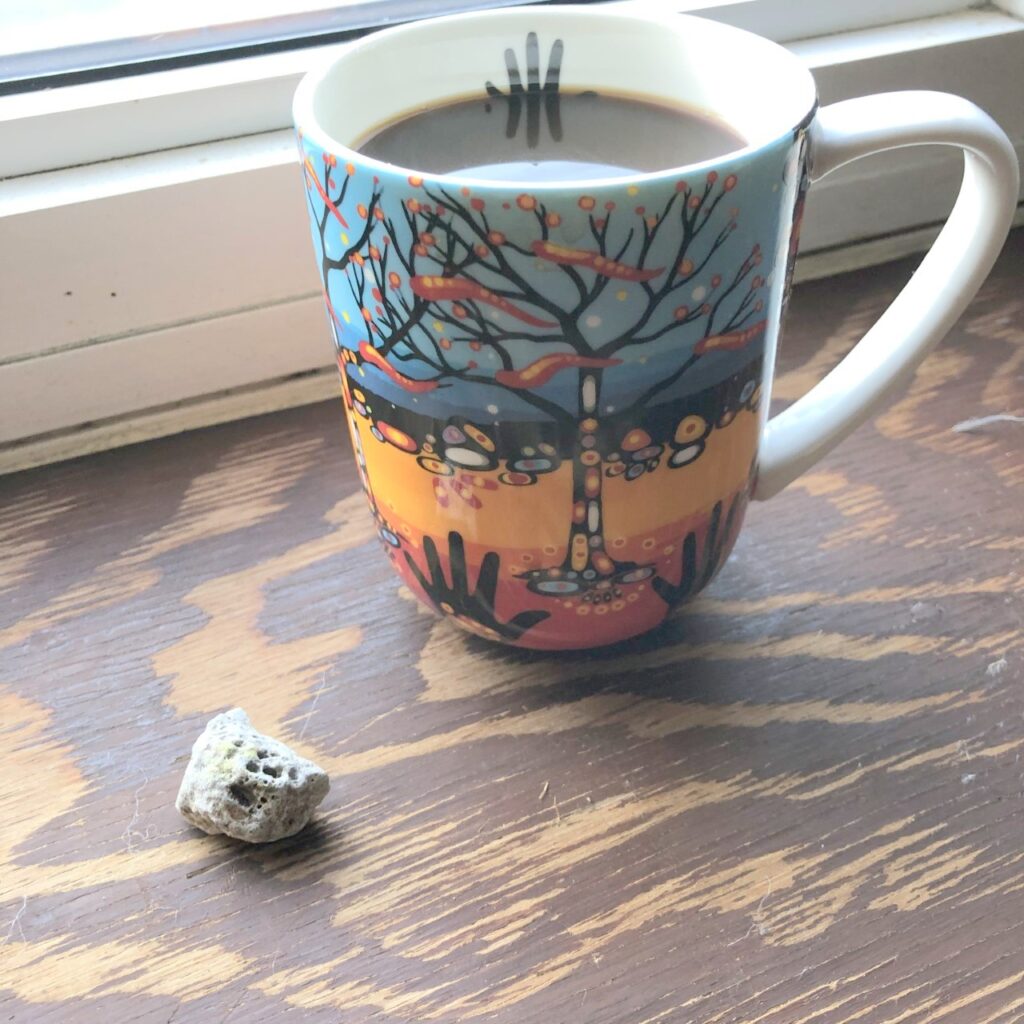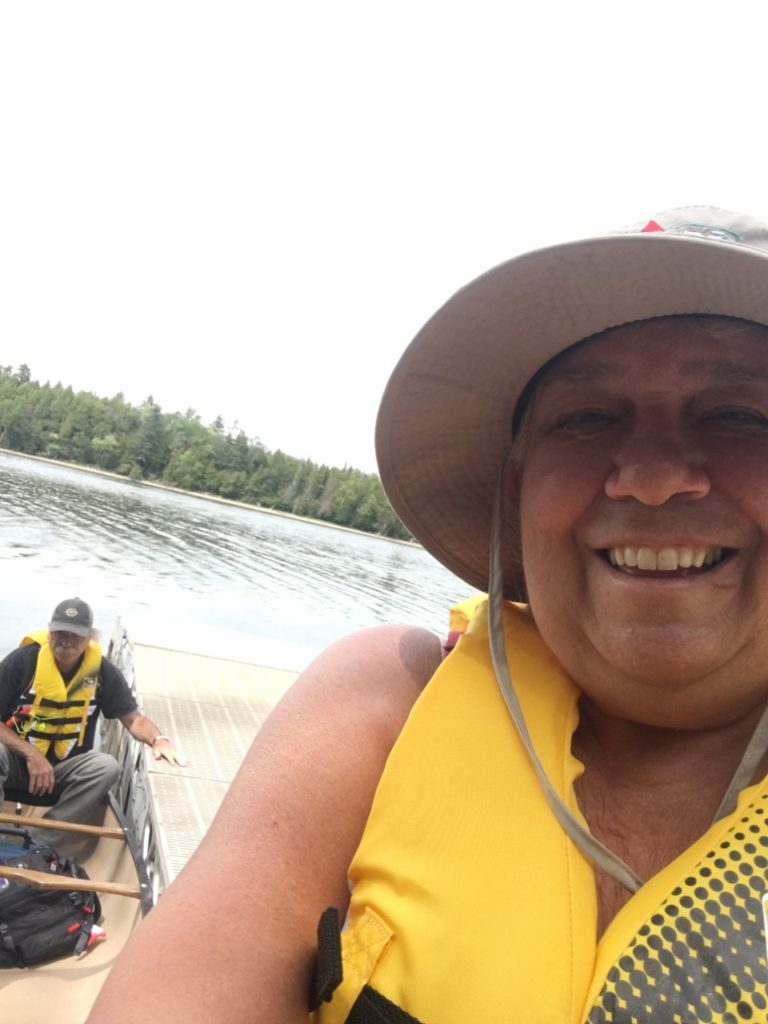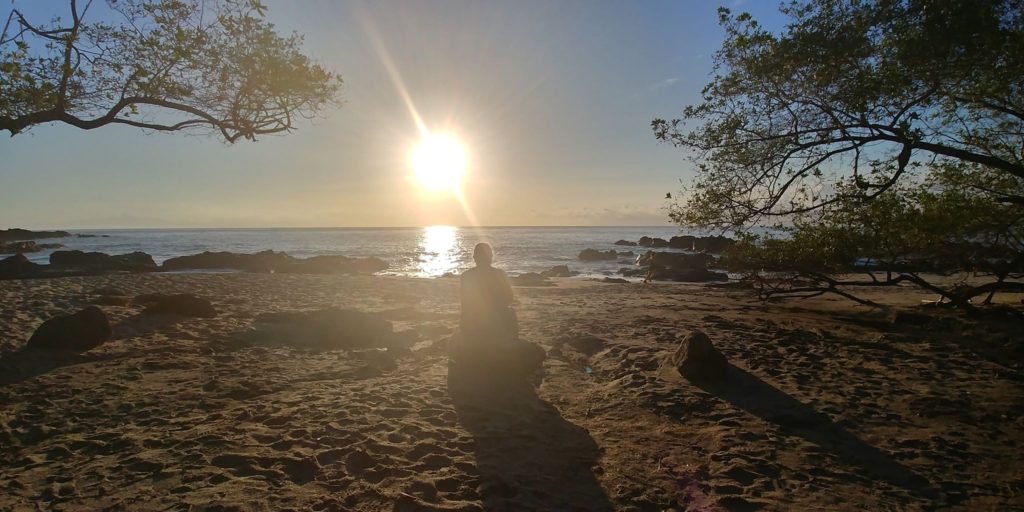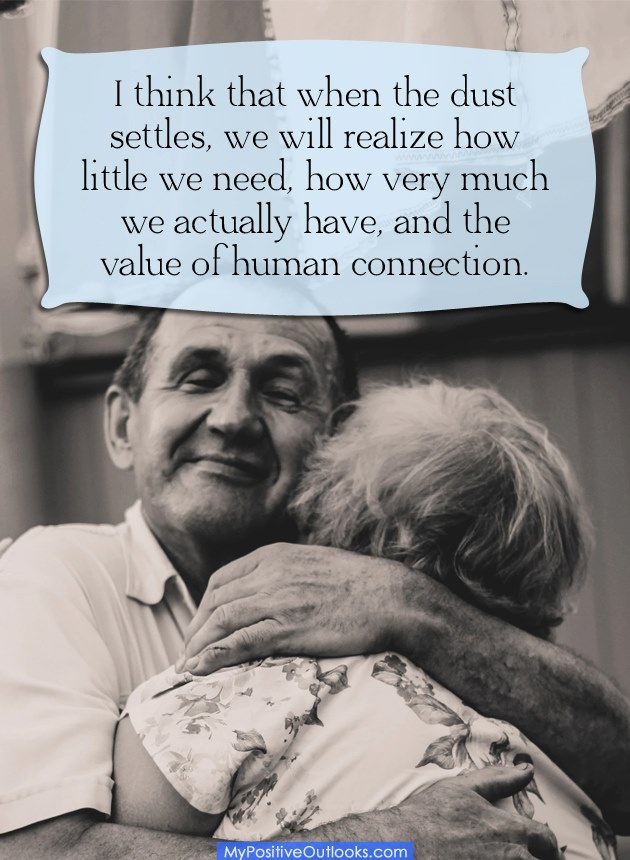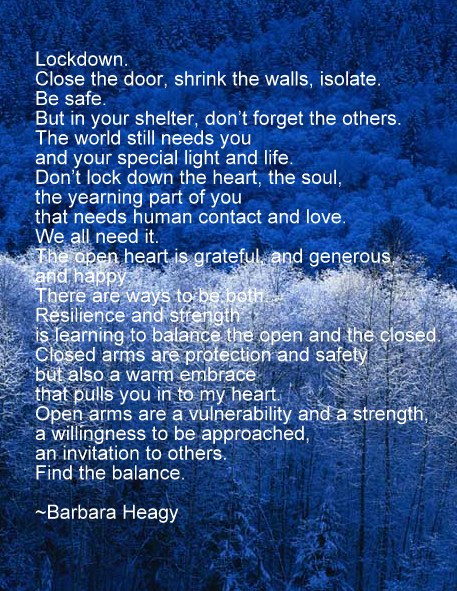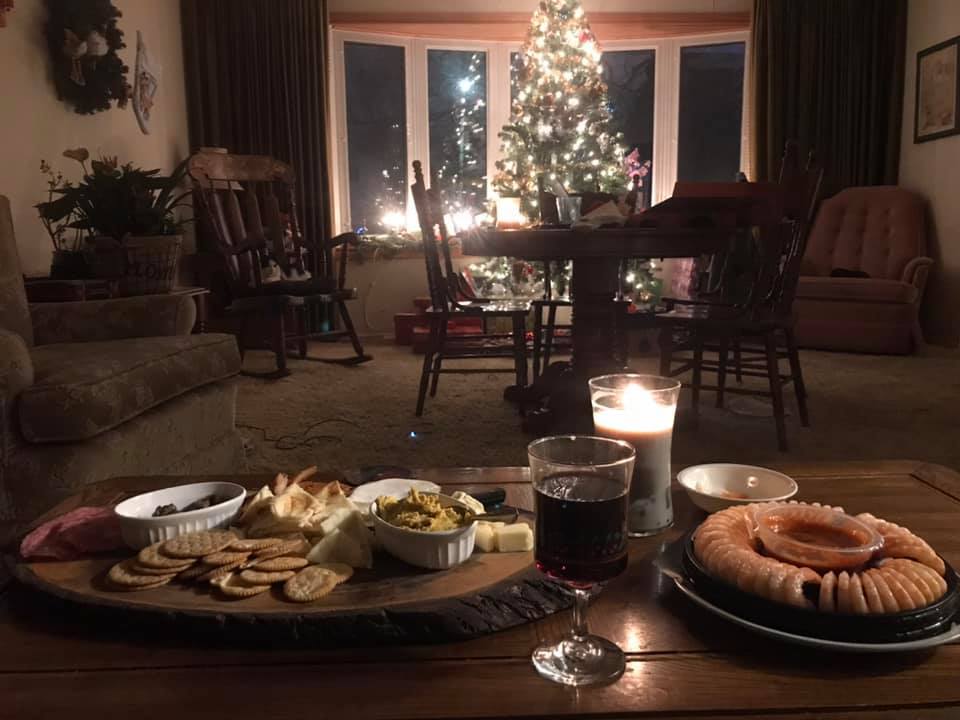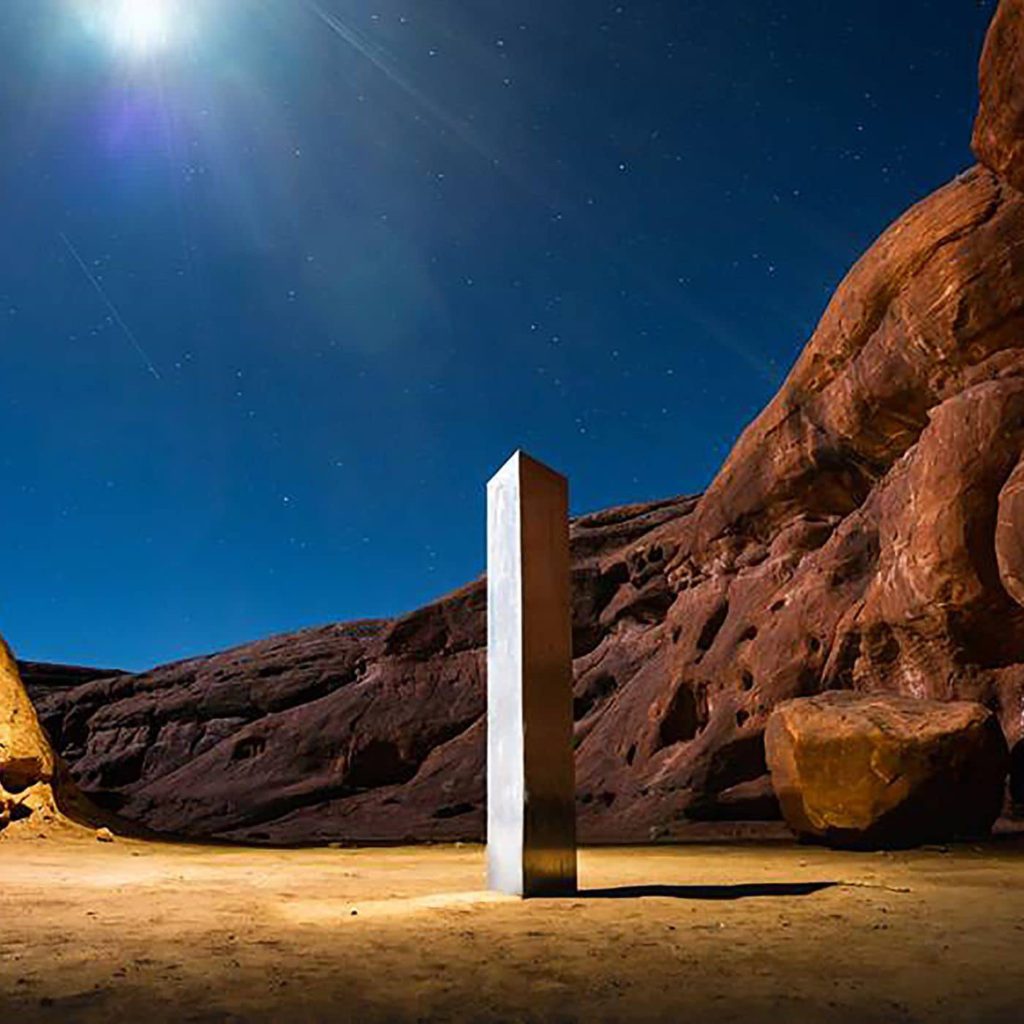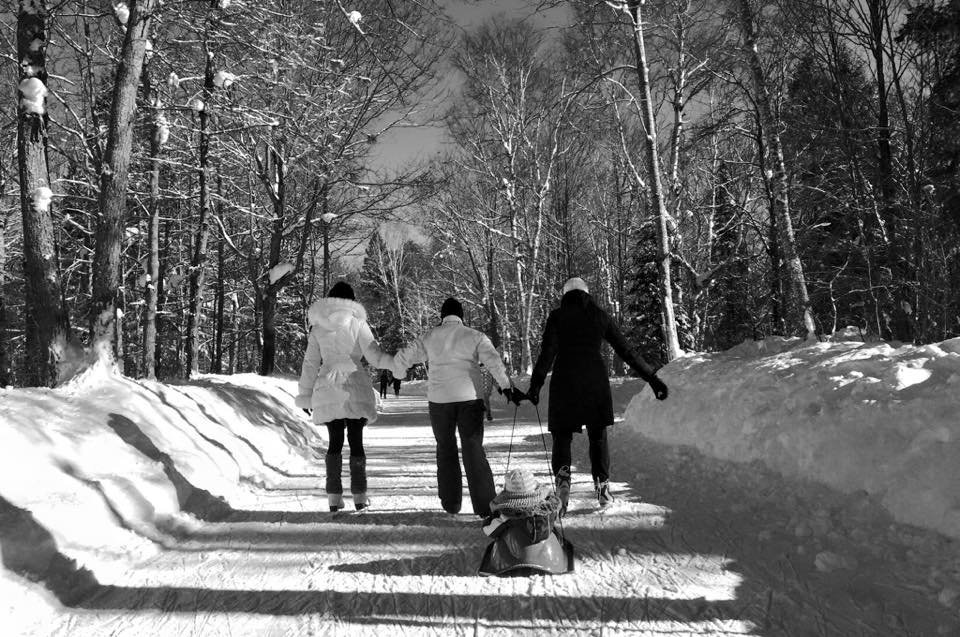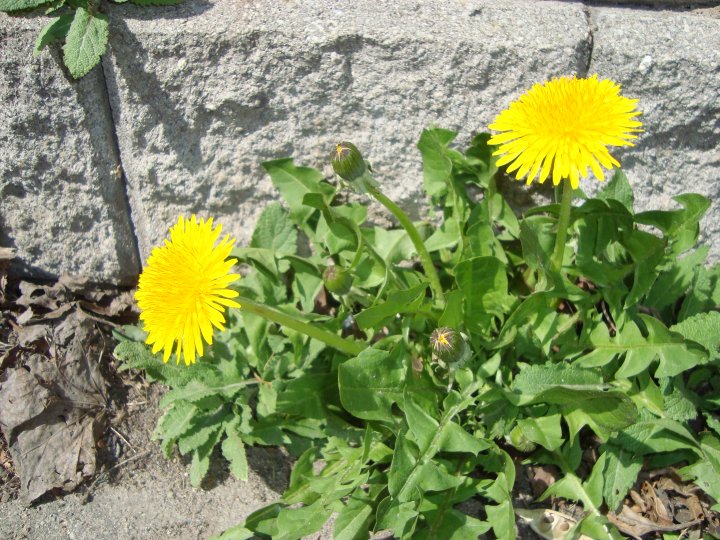
This past weekend, my lawn was needing to be cut for the first time this spring. But before that happened, I noticed freshly grown dandelions were sprouting up in isolated places. Most of them hadn’t flowered yet and I learned from others that is the best time to pick them for eating. I have tried dandelion leaves before just by picking them and having a chew on the spot. I wasn’t that fond of their bitter flavour. But I thought I would give it a go again and take more care in their preparation.
I dug the plant up with its root and gathered a large bowlful. I trimmed off the root just at the leaf core before it branched off into the separate leaves. I learned from Chef Jacques Pepin that the core is one of the tastiest part of the plant, just as the bottom core of celery has a lot of taste and when chopped into small pieces adds a boost of flavour to a dish. I washed and re-washed the sinkful of dandelions four times, removing anything that looked like it didn’t belong, dried grass, blooms, dead leaves, dirt and small bugs.
It was two days later that I actually was able to attempt my own dandelion salad. I made one fresh and put my own vinaigrette dressing on it. Then I tried one boiled and drained and ate it much as I would eat steamed spinach with a good drop of butter and some salt.
It was tasty. Not as bitter as I had remembered. But it also was a tough chew at times. It seems to be very much like kale that needs to be massaged to soften it up or deveined, chopped up into smaller pieces, and steamed.
That was my dandelion experience. Before they leave us, maybe you feel inclined to try it too. It’s certainly a popular rite of spring dish for many. Just be careful that you gather them from a safe source. Dandelions are looked at as weeds in our modern day world and they are often sprayed with poisons. Choose a site that you KNOW for sure no herbicides have been used.
(You can read more about dandelions and other foods in my upcoming book “For the Love of Food: Family Edition)
